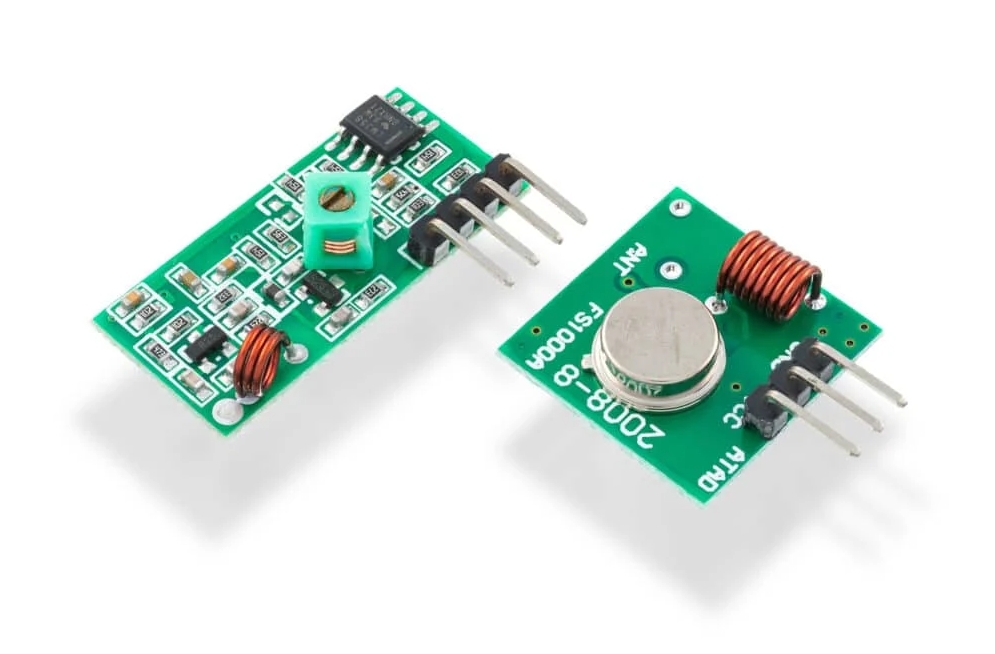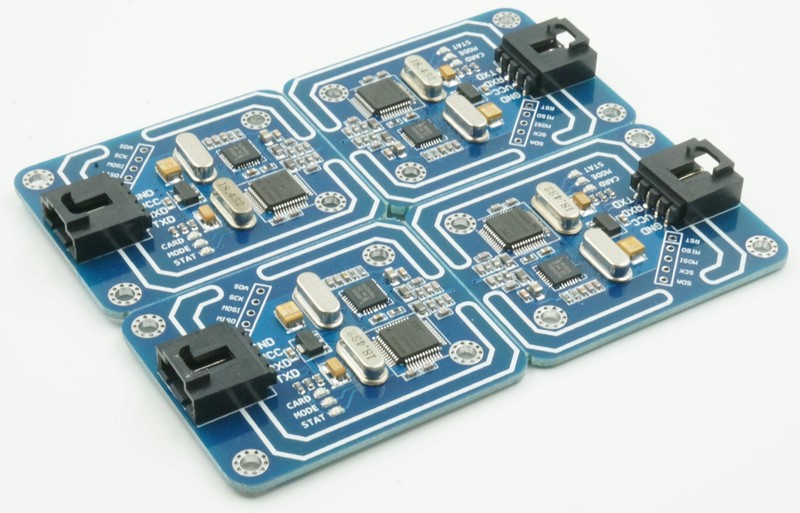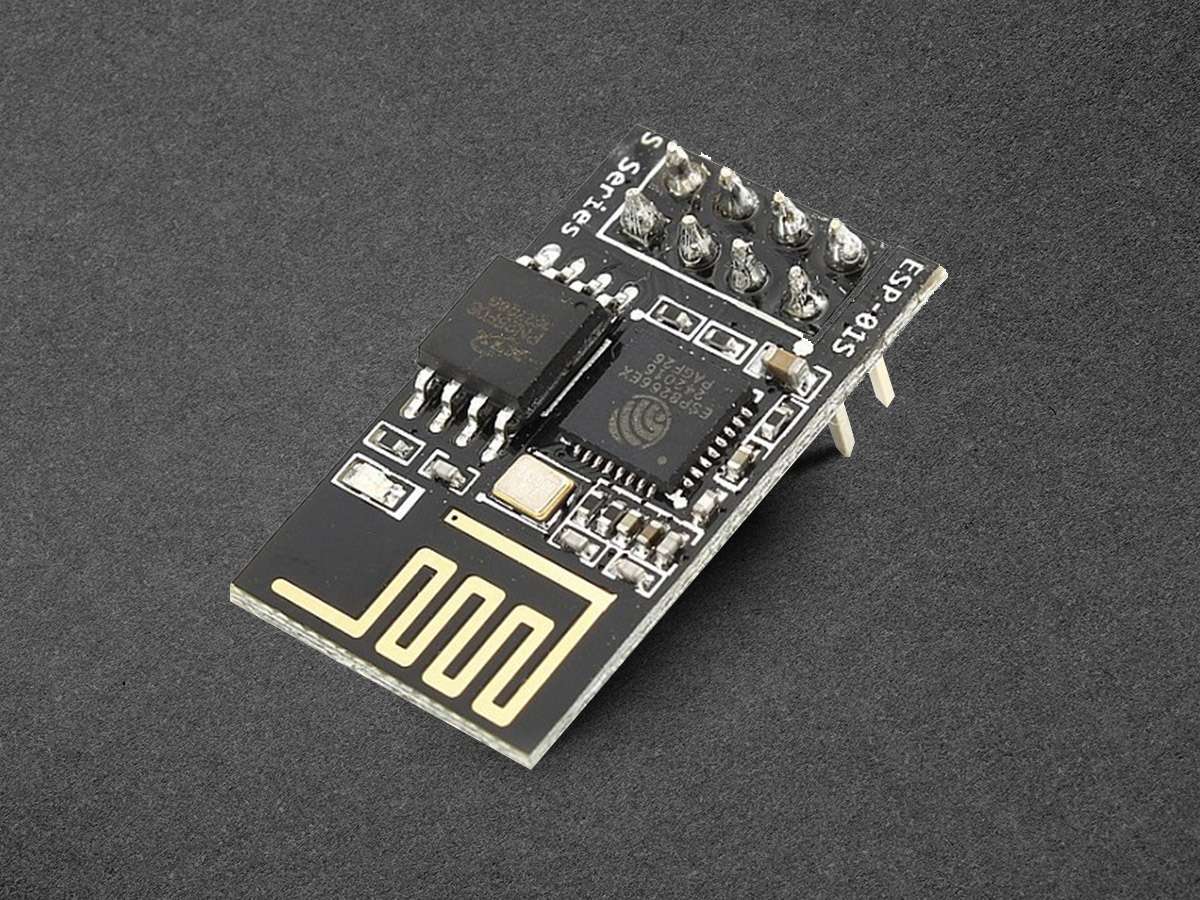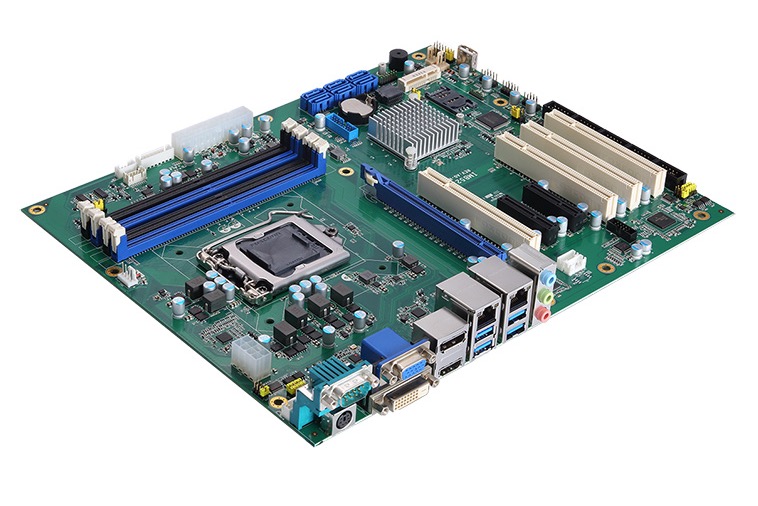RF signals, also known as radio frequency signals, support almost all wireless communication systems we rely on in our daily lives. From smartphones and Wi-Fi to medical devices and industrial equipment, RF technology is everywhere. However, its reliability depends on maintaining signal strength and clarity, which can often be compromised for various reasons. To maintain signal integrity, it is crucial to understand the attenuation factors of RF signals. Common culprits include physical obstacles, poor shielding, and improper component selection. Among these, the RF module plays a crucial role in ensuring the quality and stability of the transmitted signal.
Physical Barriers and Environmental Interference
Walls, ceilings, and floors made from metal or concrete can significantly block or absorb RF signals. Even standard building materials, such as brick or glass, can attenuate signal strength depending on their density and composition. When designing an environment that relies on wireless systems, placement of the RF module and antennas must consider line-of-sight and material interference.
Moreover, natural environmental factors such as humidity and temperature can affect signal propagation. Seasonal changes and even minor furniture rearrangements can have a subtle impact on performance. Engineers must plan for these changes by using predictive modelling and placing equipment in optimized positions to maintain stable RF Signal transmission.
Poor Quality or Mismatched Components
Selecting low-grade or incompatible components, particularly the RF module, can result in signal degradation. Each module must match the system’s frequency range, impedance, and power output. If mismatched, signal reflection, attenuation, or even complete signal failure can occur.
Cable quality also impacts signal strength. Coaxial cables with inadequate shielding can allow signal leakage or interference. Using high-quality, impedance-matched cables and connectors ensures that signals are transferred cleanly from the RF module to other system parts without unnecessary loss.
Inadequate Shielding and Grounding
Electromagnetic interference (EMI) is a silent killer of RF signal clarity. Devices nearby that emit radio frequencies, such as microwaves, routers, or motors, can disrupt the signal path. Without proper shielding, these external emissions can infiltrate the RF module, leading to erratic or weak signals.
Grounding is equally vital. Improper grounding setups create loops that act like antennas for unwanted signals. To counteract this, systems must employ thorough EMI shielding and standardized grounding protocols. This includes using metal enclosures and ferrite beads to isolate and protect critical signal pathways.
Antenna Misalignment and Suboptimal Placement
An antenna’s role in transmitting and receiving RF signals is foundational. However, even the best RF modules won’t perform if the antenna is misaligned or poorly placed. Line of sight is key; when antennas are obscured by walls, furniture, or even human bodies, signal strength drops significantly.
Additionally, distance plays a crucial role. Exceeding the range specified by the RF module and antenna manufacturer will result in attenuation. Engineers must align antennas correctly, minimize obstructions, and verify distance limitations during system design to maintain consistent RF Signal strength.
Frequency Overlap and Channel Congestion
In dense urban areas or buildings with multiple wireless networks, frequency overlap becomes a significant challenge. Devices operating on the same frequency band can cause channel congestion, resulting in dropped connections or slower data transmission. This is especially common in the 2.4GHz range, where many consumer devices operate.
To avoid this, systems should leverage dynamic frequency selection (DFS) or transition to less congested bands, such as 5 GHz or even 6 GHz, where applicable. Choosing an RF module with advanced frequency hopping capabilities can also mitigate interference and improve overall RF Signal integrity.
Outdated Firmware and Software Configuration Errors
Software plays a surprisingly significant role in RF Signal performance. Outdated firmware or improper software settings can cause a device to transmit at incorrect frequencies, power levels, or timings. These errors result in diminished performance, frequent disconnections, or total signal loss.
Manufacturers should provide timely firmware updates, and system integrators must implement regular software audits. RF module configurations should be thoroughly documented to ensure consistency and facilitate swift troubleshooting when signal issues arise.
Physical Wear and Long-Term Degradation
Like any hardware, RF systems experience wear over time. Connectors may corrode, solder joints weaken, and cables deteriorate. These physical changes increase impedance, reduce transmission efficiency, and introduce noise into the system. If not addressed, they can significantly impact RF Signal clarity.
Routine maintenance is key. Regular inspection and replacement of worn components help ensure the long-term health of wireless systems. Organizations should incorporate preventive maintenance schedules into their standard operating procedures, particularly for mission-critical RF applications.
Safeguarding Your RF Signal
If not actively managed, RF signal loss can severely impact a communications system. From improper component selection to software misconfiguration, there are numerous points of failure. However, with careful planning, proper component selection, and routine maintenance, these issues can be avoided entirely.







